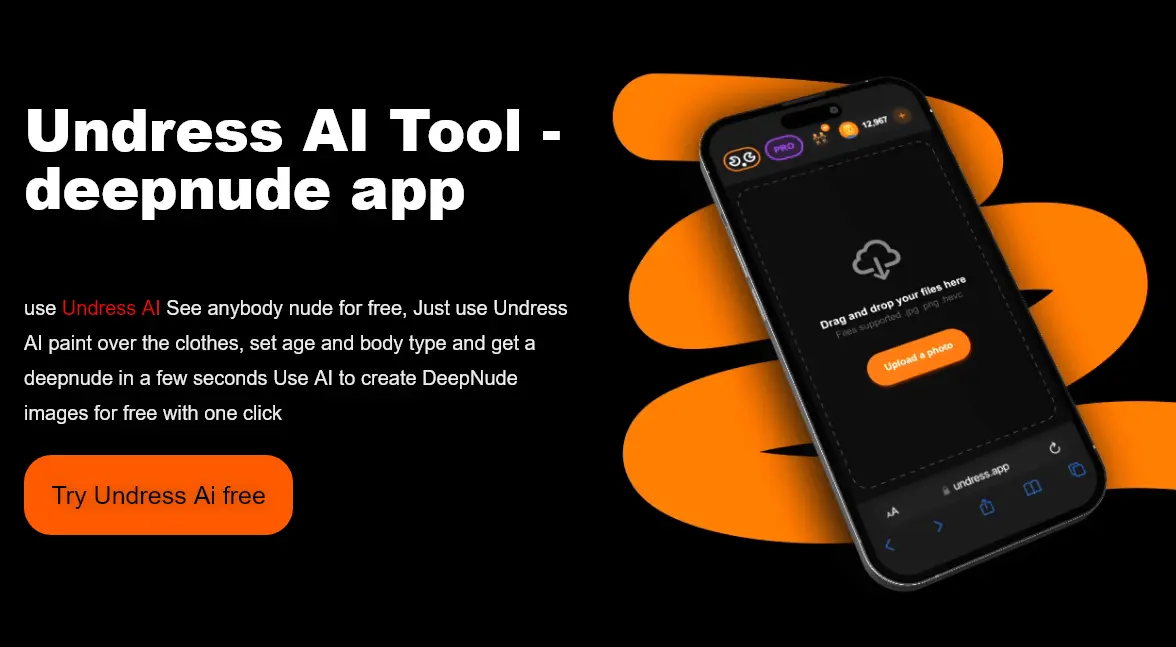AI Clothes Remover: Explore Tools, Safety & Ethical Concerns
Could the advent of AI-powered image manipulation tools be ushering in a new era of artistic expression, or are we hurtling toward a digital dystopia where privacy is a relic of the past? The rapidly evolving landscape of AI clothes removers presents a complex tapestry of opportunities and ethical quandaries, forcing us to confront the potential for both groundbreaking creativity and unprecedented misuse.
The allure of AI clothes removers is undeniable. These tools, powered by sophisticated algorithms and trained on vast datasets, promise to unlock new creative avenues for designers, artists, and anyone with a penchant for digital image manipulation. Imagine visualizing how garments drape on different body types without the need for physical prototypes, or enhancing images for artistic projects with a level of realism previously unattainable. The potential is there, but so too are the shadows.
| Feature | Description |
|---|---|
| Name | AI Clothes Remover and Undressing Tools |
| Functionality | Utilize artificial intelligence to remove clothing from images, generating nude or partially nude depictions of individuals. |
| Purpose |
|
| Key Technologies |
|
| Popular Tools |
|
| Ethical Concerns |
|
| Availability | Tools range from free, online options to paid applications, with varying levels of sophistication and features. |
| Limitations |
|
| Reference | Wikipedia - Deepfake |
The core function of these AI tools, as the name suggests, is the removal of clothing from images. They achieve this feat through a combination of sophisticated technologies. At their heart lie AI algorithms, often employing deep learning models trained on massive datasets of images. These models are capable of recognizing and analyzing the presence of clothing, identifying its boundaries, and, in a process known as image inpainting, filling in the areas where clothing once was. The end result can range from subtle modifications to complete "undressing," depending on the tool and the user's desired outcome.
- Jules Ari Onlyfans Leak The Full Story What It Means Now
- Monalita Leaks See The Viral Xxx Content Now
The ease with which these tools can be accessed and utilized is another significant factor. Many AI clothes removers are readily available online, often as free or low-cost applications. The UndressHer app, for example, promises a user-friendly interface where users can upload an image, allow the AI to process it, and then save the altered image. Slazzer 3.0, another free tool, is advertised as a powerful option for removing clothes from images. Even platforms like Telegram host bots, such as Clothoffbot, that offer similar functionality, further broadening the reach and accessibility of these technologies.
Consider the possibilities. Designers could use these tools to virtually "try on" different outfits on a model, visualizing how they drape and fit without the need for physical prototypes. Artists can explore new artistic avenues, manipulating images to create surreal and evocative pieces. Content creators can experiment with character customization, designing unique avatars for games or virtual worlds. In the anime world, AI undress generators cater to those who want to create sexy or provocative virtual characters. The potential for innovation and creative expression is palpable.
However, with this power comes significant responsibility. The ethical implications of AI clothes removers are substantial and multifaceted. The most pressing concern is the potential for privacy invasion and the non-consensual creation of explicit content. If an individuals image is uploaded to an AI clothes remover without their consent, the resulting image represents a severe breach of privacy. The unauthorized generation and distribution of nude images could lead to immense emotional distress, reputational damage, and even harassment. The ability to create deepfakes with realistic nudity raises the specter of misinformation and the potential for malicious actors to exploit these tools for harmful purposes.
- Kannada Films 2024 Box Office Hits Movie Updates
- Kannada Movies 2025 Watch New Releases Trailers More
The issue of consent is paramount. Without explicit permission from the individual depicted in the image, the use of AI clothes removers to create nude images is unethical. The training data used to power these AI models is another area of concern. If the datasets include images obtained without consent, the resulting tools inherently perpetuate the violation of privacy. The potential for bias is present as well; if the training data is skewed towards a particular demographic, the tool's performance may be uneven or even discriminatory. It is critical to understand how this technology operates and where the boundaries lie.
The training data used by these tools are crucial. Most of the tools are trained on data sets that contain images of mostly female subjects, often leading to more realistic results with images of women. This, in turn, fuels the demand for such tools to undress women, highlighting the problem with sexism and double standards. The ethics of this technology and how the training data should be handled requires much thought.
The technical aspects also merit consideration. Although these AI algorithms are becoming increasingly sophisticated, they are not perfect. The quality of the results depends heavily on the quality of the input image, the pose of the subject, and the style of clothing. In some cases, the AI may struggle to accurately remove clothing, resulting in distorted or unnatural-looking outputs. Some AI tools offer the ability to enter text prompts, enabling users to further refine the results, but this further increases the potential for misuse.
The question of liability is complex. Who is responsible when an AI clothes remover is used to create an image without consent, or when that image is then distributed online? The developers of the tool, the user who initiated the manipulation, and the platforms that host or distribute the image all bear some degree of responsibility. The legal and regulatory frameworks governing AI-generated content are still evolving, making it difficult to determine the appropriate course of action in cases of misuse.
Given the ethical concerns, the path forward requires a multi-pronged approach. First and foremost, it is crucial to raise awareness of the potential risks and educate the public about the responsible use of AI technology. Education can help individuals understand their rights and how to protect themselves from potential harm. It is vital that the developers of AI clothes removers implement robust safeguards to prevent misuse. This includes incorporating consent mechanisms, employing image detection tools to flag potentially harmful content, and clearly communicating the ethical limitations of the technology.
The development of more effective image verification tools is also necessary. These tools could help identify AI-generated content, making it easier to distinguish between real and manipulated images. Finally, it is essential for policymakers to develop clear legal frameworks that address the issues of privacy, consent, and the distribution of AI-generated content. These frameworks should establish clear lines of accountability and provide remedies for victims of misuse.
The future of AI clothes removers remains uncertain. However, one thing is clear: these technologies are here to stay. Whether they will be used for creative expression or harmful purposes will depend on the choices we make now. By embracing responsible development, promoting ethical use, and establishing clear legal and regulatory frameworks, we can navigate the challenges and harness the potential of AI to create a future where technology serves humanity, not the other way around.
The AI behind Grey's Secret Room remains a mystery, but the allure of such innovation is undeniable. With the promise of instant deepnude creation and character customization, it is easy to see why these tools are becoming increasingly popular. However, the question remains: Can we truly explore the boundaries of artistic expression, or are we doomed to repeat the mistakes of the past, where privacy and consent were often disregarded in the pursuit of technological advancement?
Websites that offer AI clothes removers often state that they guarantee the safety of any images uploaded. However, it is still important to be vigilant, as these tools could be used to create content without the subject's consent. Some platforms allow users to enhance images or modify images for artistic projects, ensuring a seamless and realistic finish. It is vital to understand how these platforms work, as some operate by a simple process, selecting an image and letting the AI process the image to remove clothing. Others offer a range of outfit style options, such as suits, lingerie, and bikinis, allowing users to transform and modify character outfits with ease.
For those interested in the technical aspects, it's useful to summarize the tools' functionalities. Many tools, like Pincel AI, offer multiple powerful options, while Undress AI is designed specifically to modify images to create the illusion of unclothed individuals. OpenArt AI includes an AI clothes remover as part of its broader suite of generative tools, further highlighting the versatility of this technology.
The "nginx web server is successfully installed and working" message is not directly relevant to the function of AI clothes removers. It's a default placeholder message that indicates the successful installation of a web server, but it does not, in itself, provide any function related to the topic. However, the presence of this message does indicate that the user is likely able to view the webpage and may be able to access online documentation and support by referring to nginx.org.
- Vegamove More What You Need To Know In 2024
- Kannada Movies Online Movierulz Alternatives Where To Watch

11 Free Undress AI Apps To Remove Clothes From Images

11 Undress AI Free Tools Apps Remove Clothes from Images

Undress AI Tool Easy With AI